Birding With Nate — November Bird of the Month: Oregon Junco
Birding with Nate
November Bird of the Month: Oregon Junco
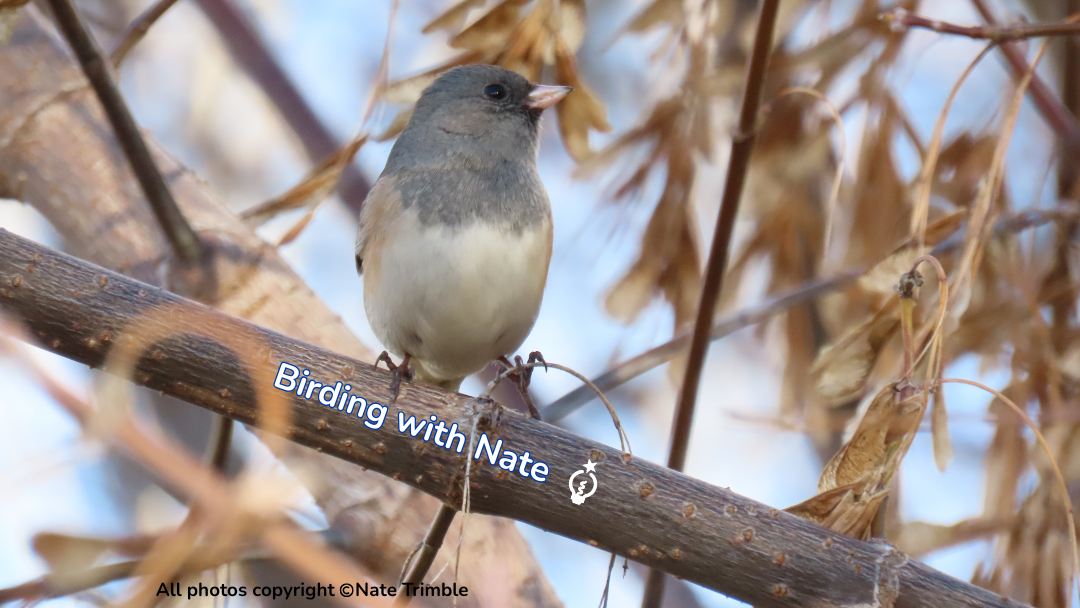
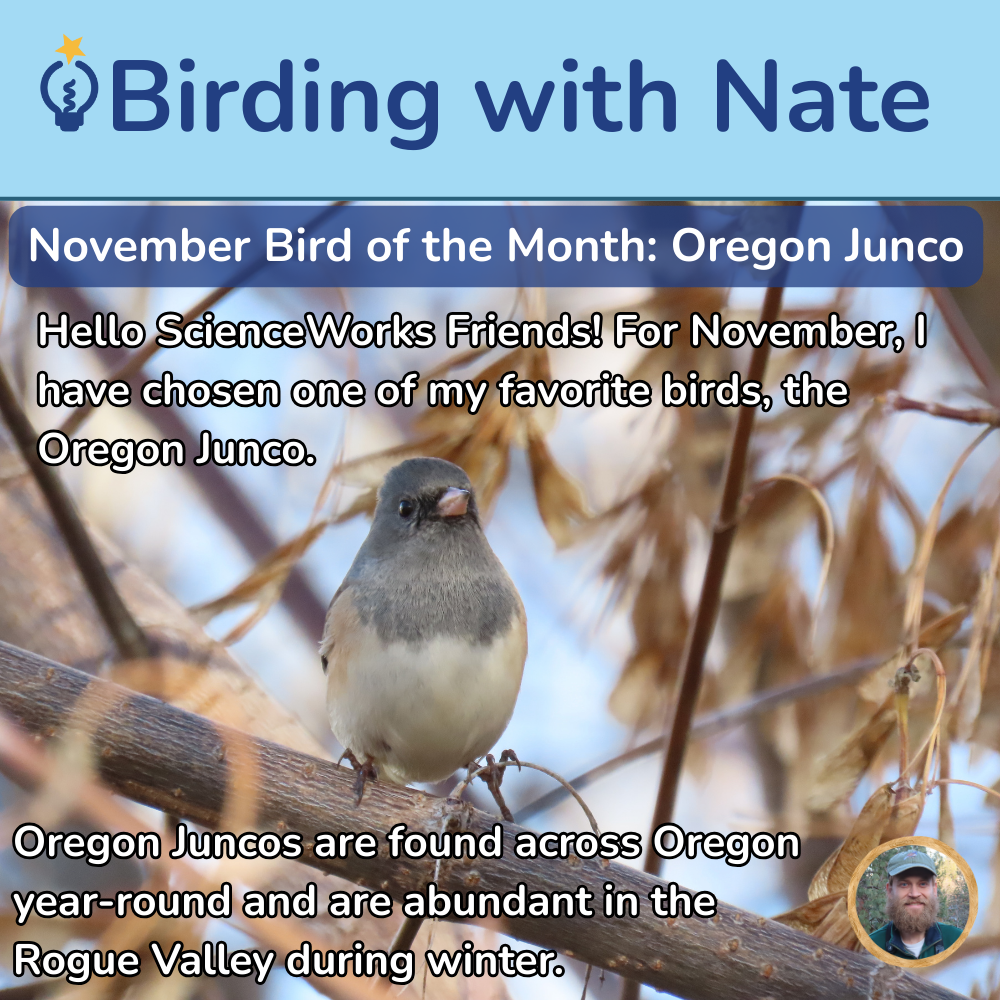
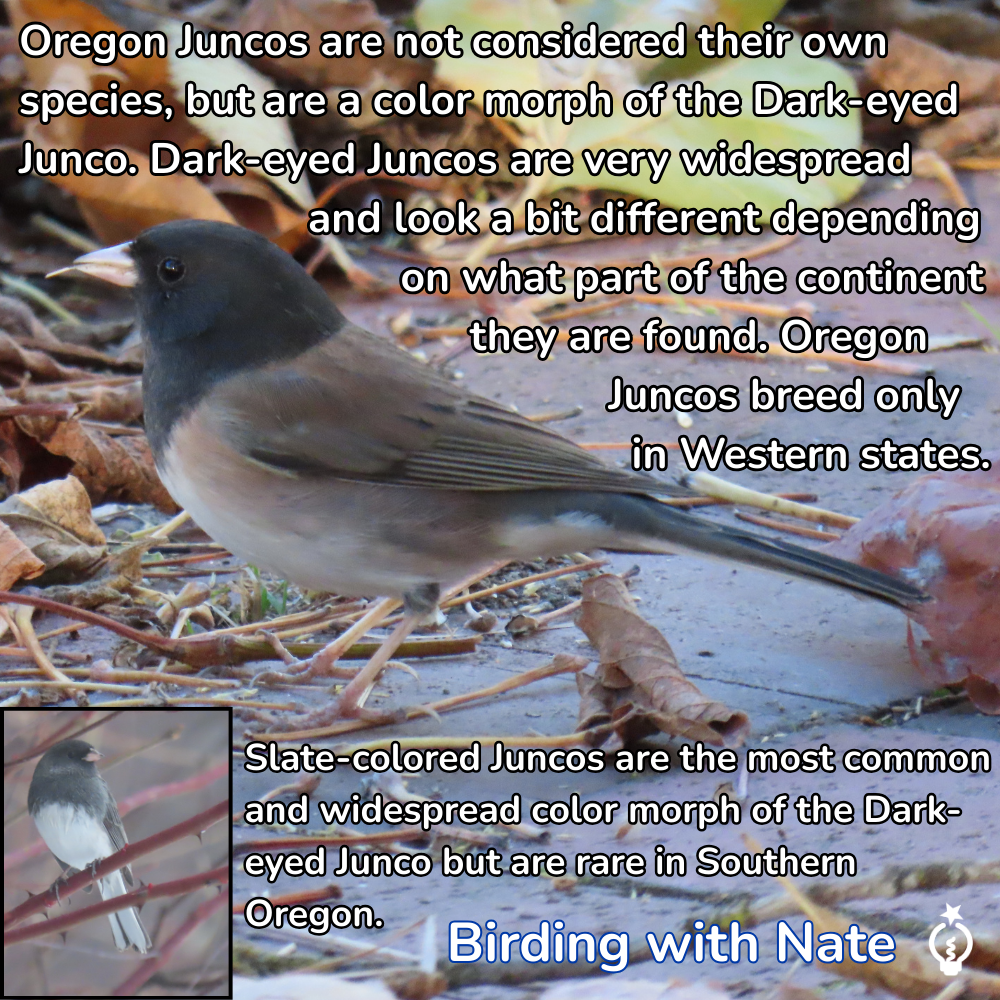
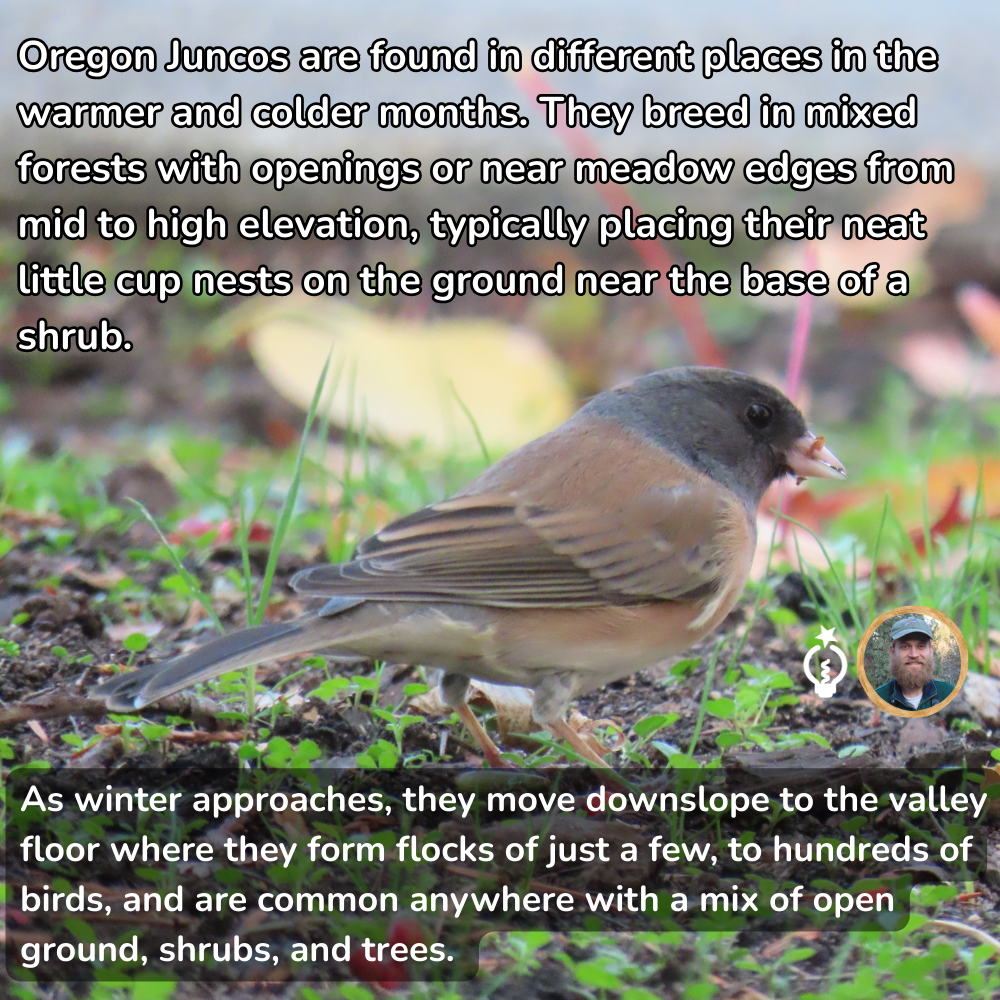
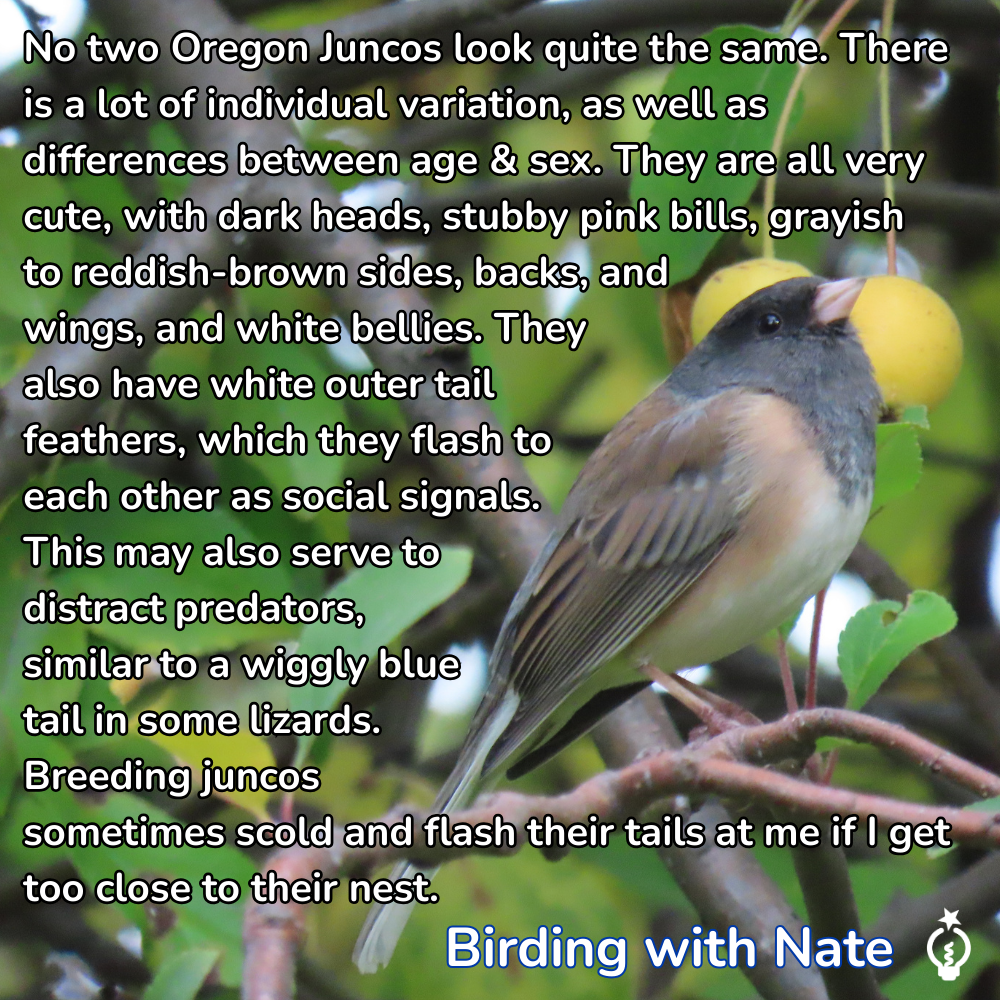
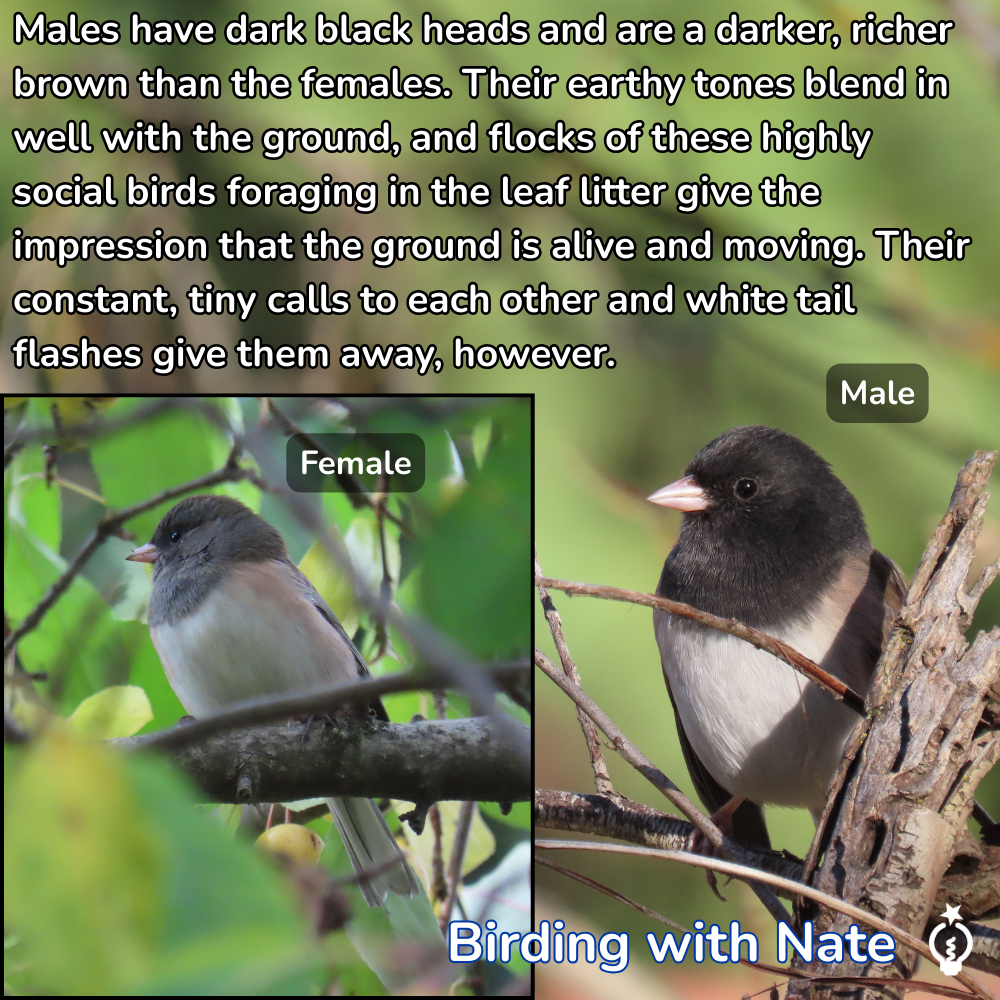
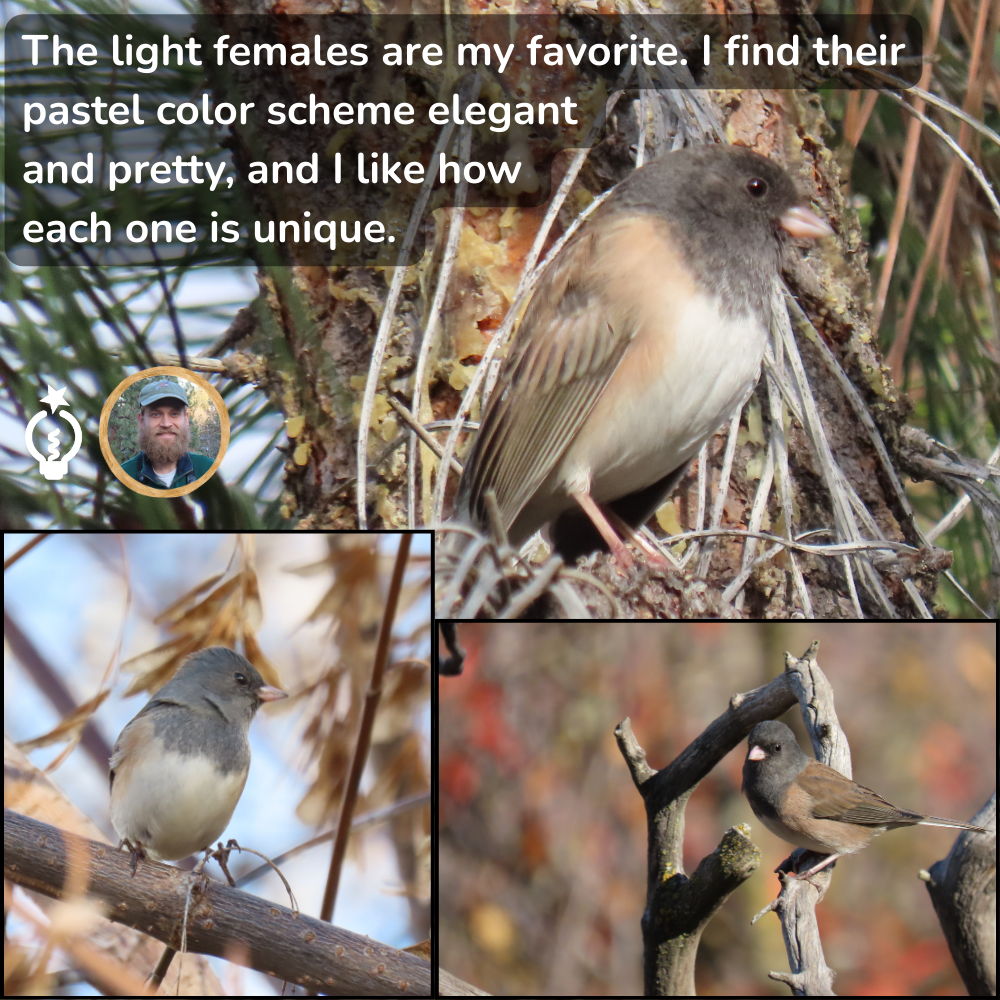
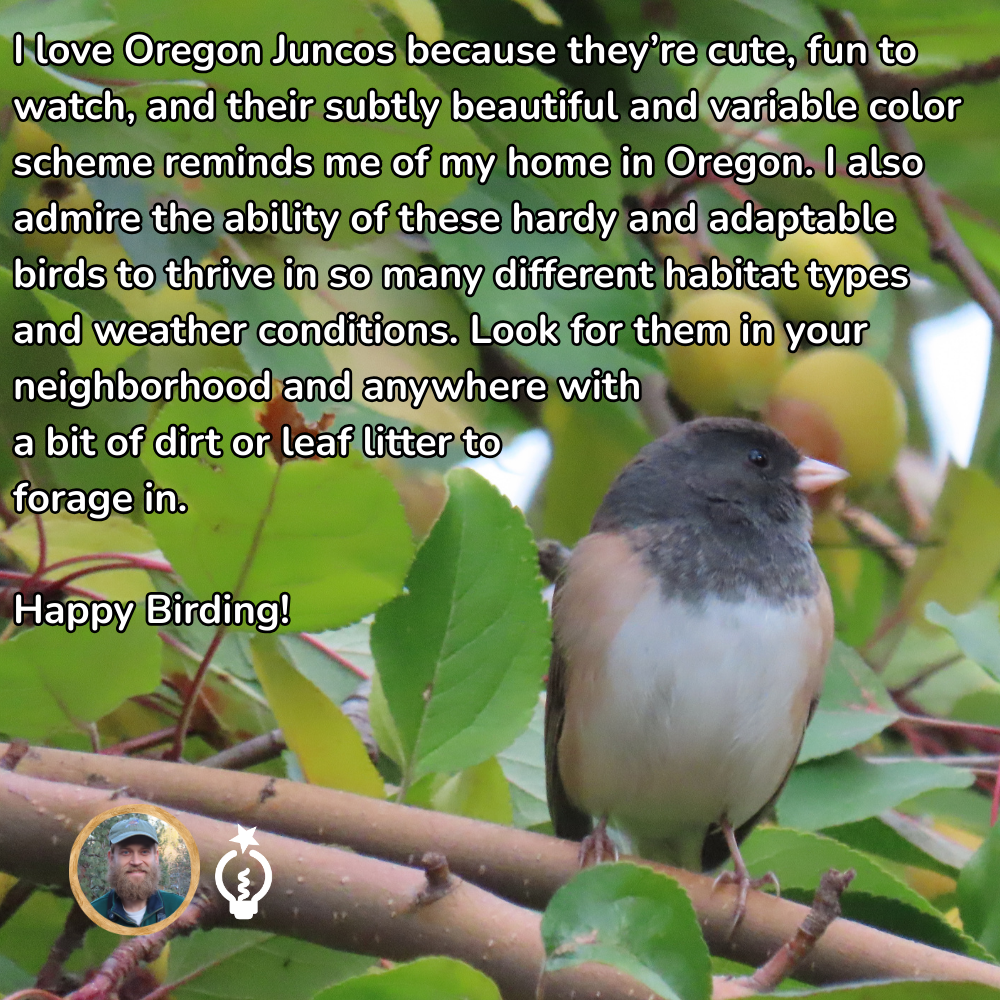
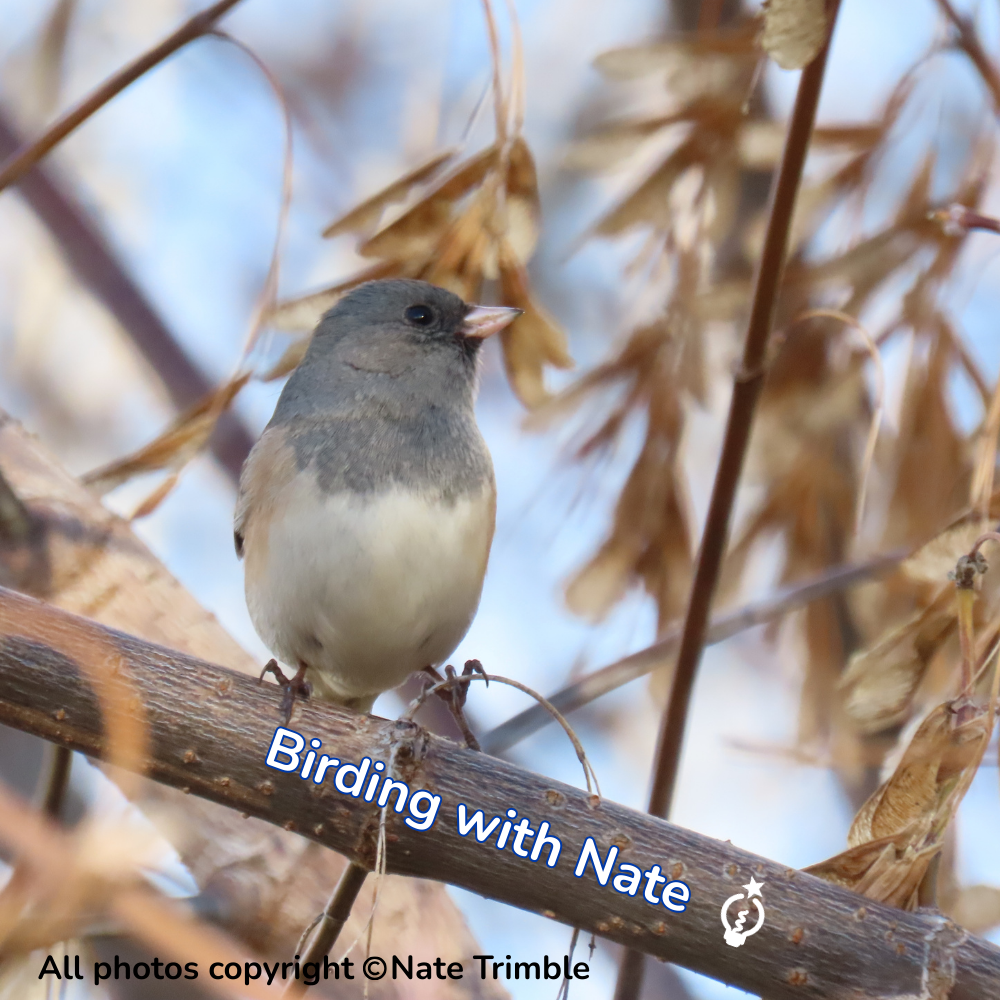
Hello ScienceWorks friends!
For November, I have chosen one of my favorite birds, the Oregon Junco. Oregon Juncos are found across Oregon
year-round and are abundant in the Rogue Valley during winter.
Oregon Juncos are not considered their own species, but are a color morph of the Dark-eyed Junco. Dark-eyed Juncos are very widespread and look a bit different depending on what part of the continent they are found. Oregon Juncos breed only in Western states. Slate-colored Juncos are the most common and widespread color morph of the Dark-eyed Junco but are rare in Southern Oregon.
Oregon Juncos are found in different places in the warmer and colder months. They breed in mixed forests with openings or near meadow edges from mid to high elevation, typically placing their neat little cup nests on the ground near the base of a shrub. As winter approaches, they move downslope to the valley floor where they form flocks of just a few, to hundreds of birds, and are common anywhere with a mix of open ground, shrubs, and trees.
No two Oregon Juncos look quite the same. There is a lot of individual variation, as well as differences between age and sex. They are all very cute, with dark heads, stubby pink bills, grayish to reddish-brown sides, backs, and wings, and white bellies. They also have white outer tail feathers, which they flash to each other as social signals. This may also help distract predators, similar to the wiggly blue tail in some lizards. Breeding juncos sometimes scold and flash their tails at me if I get too close to their nest.
Males have dark black heads and are a darker, richer brown than the females. Their earthy tones blend in well with the ground, and flocks of these highly social birds foraging in the leaf litter give the impression that the ground is alive and moving. Their constant, tiny calls to each other and white tail flashes give them away, however.
The light females are my favorite. I find their pastel color scheme elegant and pretty, and I like how each one is unique.
I love Oregon Juncos because they’re cute, fun to watch, and their subtly beautiful and variable color scheme reminds me of my home in Oregon. I also admire the ability of these hardy and adaptable birds to thrive in so many different habitat types and weather conditions. Look for them in your neighborhood and anywhere with a bit of dirt or leaf litter to forage in.
Happy Birding!
And don't forget to add your own bird sightings to the ScienceWorks eBird Hotspot!







